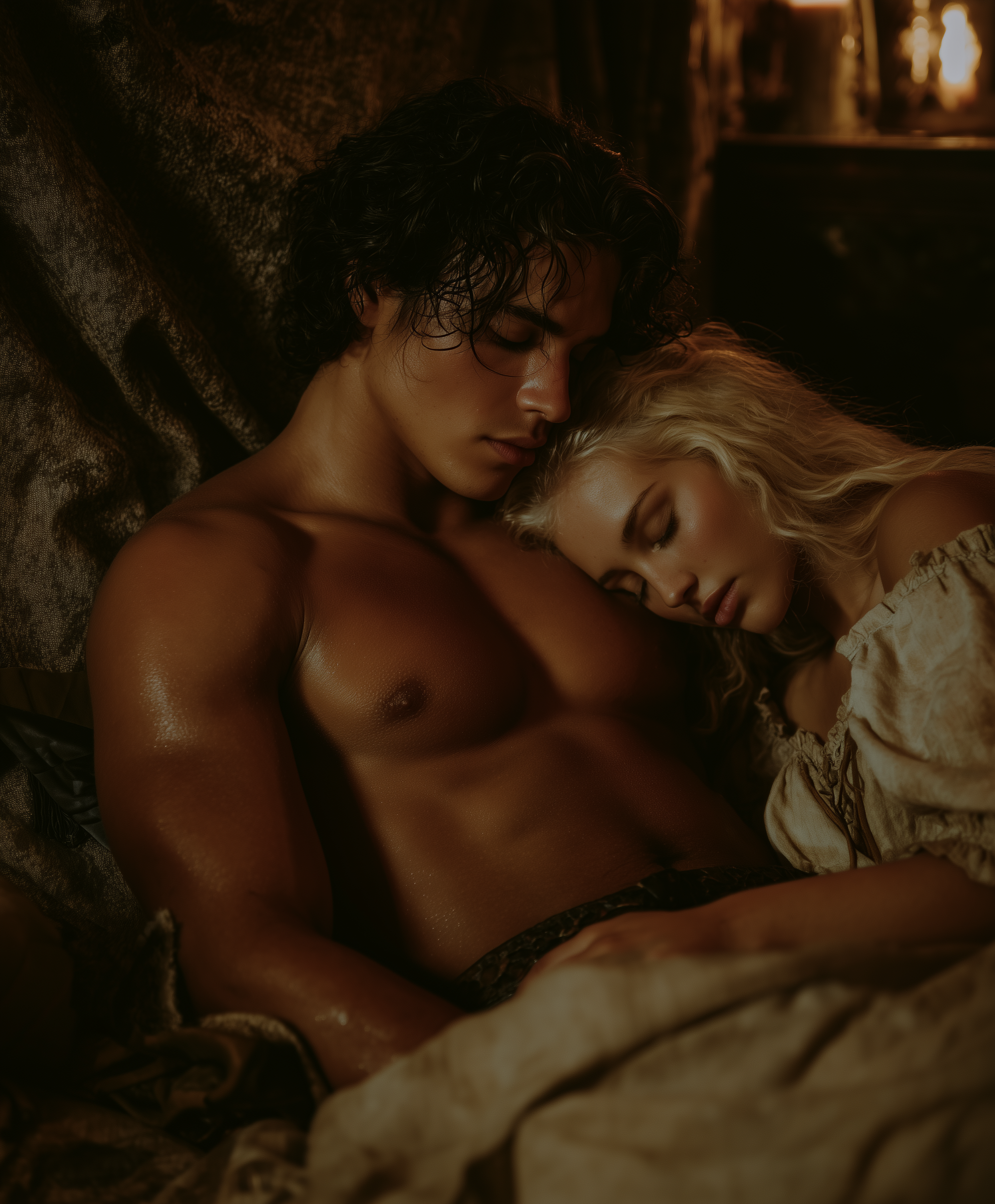Beyond the Tower: How the Damsel in Distress Trope is Evolving in Modern Romance
The damsel in distress—perhaps no other character archetype in romance literature has sparked as much debate or undergone such dramatic transformation. Once confined to tower rooms awaiting rescue, today's "damsels" are breaking free from traditional constraints while still delivering the emotional intensity that makes romance readers' hearts race.
But what exactly defines a damsel in distress in contemporary romance, and how has this beloved trope evolved to meet modern sensibilities? Let's explore the fascinating journey from passive princess to empowered protagonist.
Understanding the Modern Damsel in Distress
In today's romance landscape, a damsel in distress character represents far more than simple helplessness. She's typically a female character who faces genuine vulnerability or danger—whether physical, emotional, or psychological—that creates the central tension driving the romantic plot forward.
Key characteristics include:
- Finding herself in situations requiring external support or intervention
- Displaying authentic vulnerability that resonates with readers
- Often serving as a catalyst for character development (both her own and her romantic interest's)
- Embodying strength that may be hidden or developing throughout the story
The crucial difference from traditional portrayals? Modern damsels possess agency, even within their vulnerable circumstances.
Tracing the Roots: From Ancient Myths to Medieval Romance
Ancient Foundations
The damsel in distress trope didn't emerge in a vacuum. Its origins stretch back to:
Greek Mythology: Stories like Andromeda, chained to a rock awaiting Perseus's rescue, established the template of female vulnerability requiring male heroism.
Medieval Literature: Chivalric romances elevated the rescue narrative to an art form, with knights proving their worth through acts of salvation.
Fairy Tales: Classic stories like Sleeping Beauty and Rapunzel cemented the image of the passive female awaiting her prince.
These early narratives served specific cultural purposes, often reflecting societal values about gender roles, heroism, and romantic ideals. However, they also created a framework that romance authors continue to both embrace and subvert today.
The Evolution Revolution: Then vs. Now
The transformation of the damsel in distress trope reflects broader changes in society's understanding of femininity, strength, and relationships.
Traditional Portrayal
- Passive recipient of male heroism
- Limited agency in resolving conflicts
- Defined primarily by vulnerability and need for protection
- Reward for the hero rather than protagonist in her own right
Contemporary Approach
- Active participant in her own rescue or resolution
- Complex motivations beyond seeking safety
- Emotional depth that extends beyond fear and gratitude
- Partnership dynamic where both characters support each other
Crafting the Modern Damsel: A Writer's Guide
Physical Characteristics That Work
Today's romance authors are moving beyond one-dimensional portrayals to create damsels who feel authentically human:
Vulnerability with Purpose
- Physical challenges that create genuine obstacles (injury, illness, or circumstantial disadvantage)
- Appearances that may suggest delicacy but don't define capability
- Youth or inexperience that creates realistic limitations without infantilizing the character
Emotional Complexity
Layered Vulnerability Modern damsels experience:
- Genuine fear balanced with moments of courage
- Emotional wounds from past experiences that create present challenges
- Trust issues that make accepting help genuinely difficult
- Internal conflicts between independence and the need for support
Growth-Oriented Innocence Rather than naive simplicity, contemporary damsels often possess:
- Fresh perspectives that challenge other characters
- Moral clarity that drives plot decisions
- Curiosity that leads to both danger and discovery
Behavioral Evolution
The Agency Spectrum Effective modern damsels operate on a spectrum of agency:
- Initial Vulnerability: Circumstances beyond her control create genuine need
- Gradual Empowerment: Small acts of self-determination build throughout the story
- Collaborative Problem-Solving: Working with others rather than being saved by them
- Ultimate Self-Advocacy: Taking control of her destiny by story's end
Contemporary Examples in Action
Modern romance showcases innovative approaches to the damsel trope across various subgenres:
Paranormal Romance
Characters like Aurora in "Hated by My Mate" face supernatural circumstances that create genuine vulnerability while discovering hidden strengths and destinies that shift power dynamics.
Fantasy Romance
Stories featuring characters who must confront magical dangers often blend traditional rescue elements with empowering character growth, as seen in "The Wolfskin Series."
Contemporary Romance
Modern settings allow for psychological and emotional distress that feels relevant to today's readers, exploring themes like trauma recovery and personal empowerment.
Writing Tips: Crafting Compelling Modern Damsels
Do's
- Create genuine stakes that justify the need for help
- Balance vulnerability with hidden strengths waiting to emerge
- Show growth through adversity rather than passive waiting
- Develop her voice and perspective as central to the narrative
- Make her rescue collaborative when possible
Don'ts
- Avoid helplessness without purpose or growth potential
- Don't sacrifice personality for vulnerability
- Resist making her salvation entirely dependent on romance
- Avoid stereotypical weakness that doesn't serve character development
The Future of the Trope
The damsel in distress isn't disappearing from romance—she's evolving. Contemporary readers still crave the emotional intensity and protective dynamics that make this trope compelling, but they also demand characters who reflect modern understanding of strength, agency, and partnership.
Emerging trends include:
- Mutual rescue dynamics where both characters save each other
- Subverted expectations that challenge traditional power structures
- Diverse representations of what vulnerability and strength look like
- Complex circumstances that resist simple solutions
Conclusion: Strength Within Vulnerability
The modern damsel in distress represents something profound: the understanding that vulnerability and strength aren't opposites but companions. Today's romance authors are creating characters who can be genuinely in need of help while maintaining their agency, who can accept support while growing stronger, and who can inspire protection while becoming protectors themselves.
As the genre continues to evolve, the damsel in distress trope serves as a powerful reminder that some of literature's most enduring archetypes survive not by remaining static, but by growing to meet the needs and dreams of each new generation of readers.
The tower may be empty, but the story is far from over.
💝 Ready to Explore More Romance?
If you enjoyed this article about Romance writing, discover thousands of captivating love stories on our platform.
Download App







